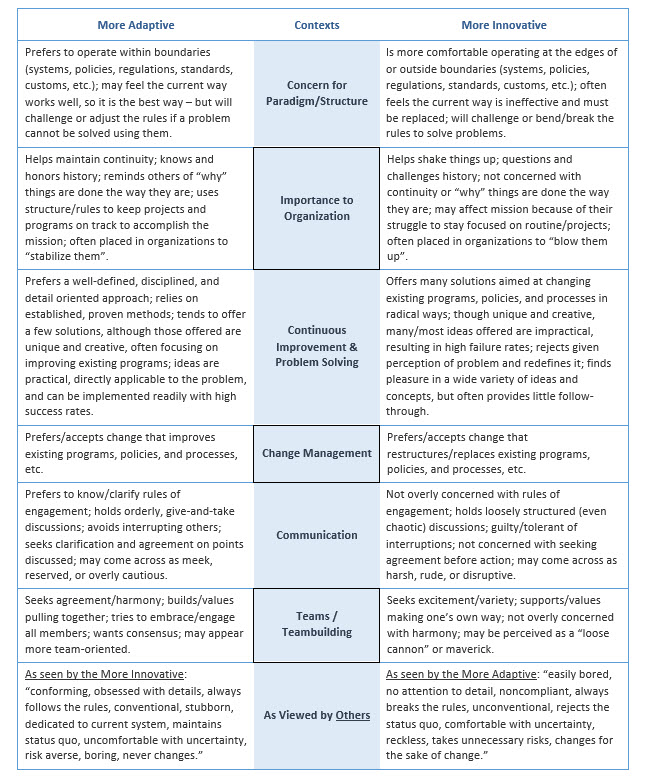
I’ve been taking an online course (“MOOC”) at Penn State this semester called “Creativity, Innovation and Change.” The team of professors hails from different disciplines in engineering (mechanical, chemical and environmental) as well as theater and psychology. We’re now into week 6 of the class, and so far have investigated creative styles, ideation techniques, intelligent fast failure, concept evaluation approaches and collaboration. And there are still two weeks left!
Everyone is creative, and the power of a diverse group enhances creative levels even further. One of the myths busted in class is the misconception that creativity must be a mystical power possessed only by those who are artistic, inventors or otherwise involved in “creative” pursuits. In reality, everyone possesses creative force, and what varies most is their style or expression of creativity. One of the fun assignments in class was to take a survey to help identify your creative style (I discovered that I am “mildy innovative” along with 34% of the population).
Professor Katherine Joblokow developed the online exercise in collaboration with the Barnes Center for Enlisted Education, basing it off the KAI model created by M.J. Kirton.
Source: Creative Style Estimation Exercise
Kirton’s KAI model asserts that creativity is actually a continuum, ranging from a largely adaptive to a strongly innovative style. While everyone can engage in either style, people generally operate most often within the style that is most comfortable for them.
Those who create mostly in the adaptive sphere tend to focus on making good ideas better, often within the existing framework. Those at the innovative end of the spectrum are comfortable with redefining a problem and establishing new rules or frameworks. Both styles of creativity are important in generating and refining new ideas, particularly in a collaborative environment. The innovative thinkers may come up with many ideas ranging all over the map, and the adaptive thinkers will figure out how to make it all work.
The table below explains how people employ each style in different contexts. Both styles are valid approaches to creative problem solving, and both are valuable in a collaborative setting. Understanding how these styles work will help you collaborate more effectively, since you will have a better idea of where others in the group are coming from. So, what is your creative style?
Table 1: Creative Style Descriptions based on Kirton’s Adaption-Innovation Framework


